7 Minutes
The Ambitious Vision: Wearables for Every American
In a bold statement before the U.S. House Subcommittee on Health, Robert F. Kennedy Jr., the current Secretary of the Department of Health and Human Services (HHS), declared his goal: “My vision is that every American is wearing a wearable within four years.” This unprecedented push aims to put advanced wearable health technology, like smartwatches and fitness trackers, on the wrists of millions—potentially subsidized by the federal government.
The initiative dovetails with the 21st Century Cures Act, emphasizing not only access to cutting-edge healthcare tools but also the importance of data privacy and real-world health benefits. When pressed by Congressman Troy Balderson on consumer access and safety, Kennedy was unequivocal: these devices should “absolutely” be available to all.
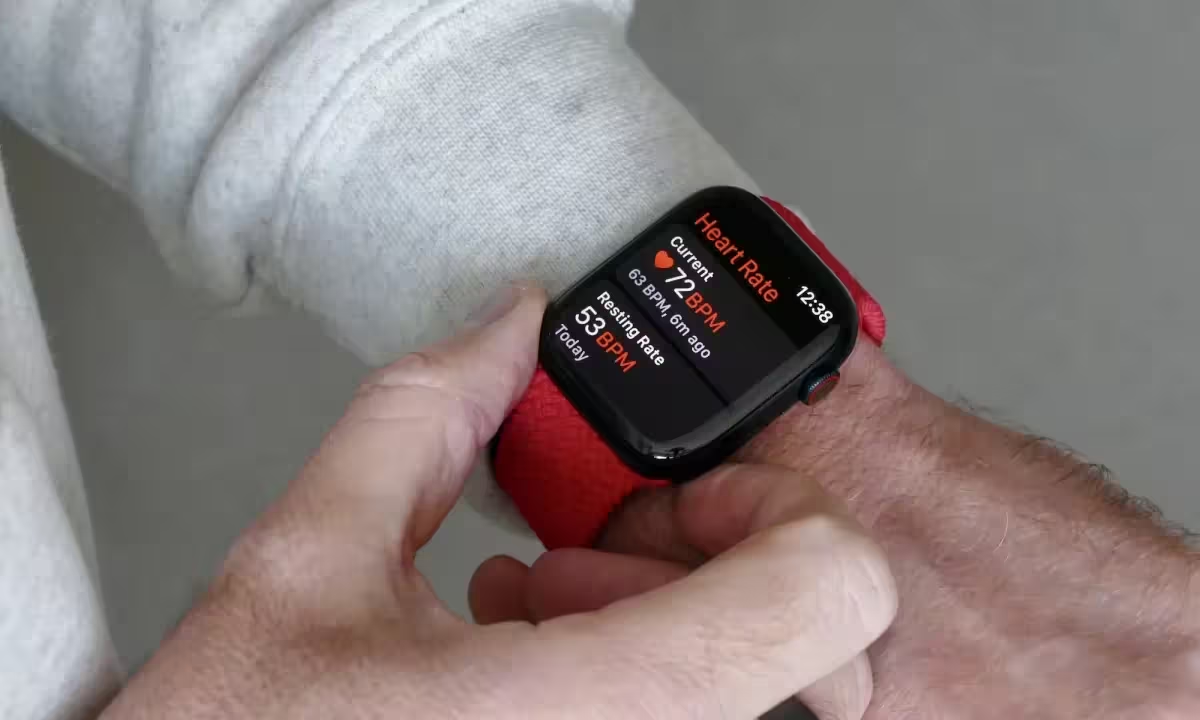
Inside the Federal Wearables Initiative
According to details released by the HHS, the campaign intends to “popularize technology like wearables as cool, modern tools” enabling Americans to track the impact of their diets and lifestyles. This will be the largest health tech campaign in agency history, and may involve government funding for wearable devices to lower the barrier of entry—potentially opening up major new contracts for device makers and tech service providers.
“Wearables are a key to the MAHA agenda—Making America Healthy Again,” said Kennedy, underlining the department’s vision of driving preventative care through technology adoption. The agency has started preparing procurement processes and outlined plans to attract device manufacturers and software firms essential to this rollout.
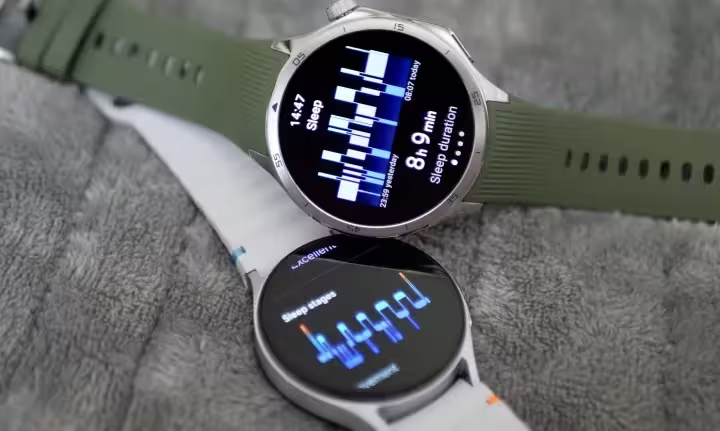
Focus Beyond Disease: Building Preventative Health Habits
The emphasis is not solely on disease management, but on empowering individuals with actionable data to make healthier lifestyle choices. From tracking heart rate and sleep to monitoring calorie intake and glucose levels, major brands like Apple and Samsung are already transforming how individuals engage with their well-being. Anecdotes abound: Apple Watch has reportedly alerted users to emergency heart events, with its Medical ID and AFib detection features credited for saving lives and facilitating better emergency responses.
Wearable Tech: Product Features and Benefits
Leading wearables today can monitor a wide spectrum of health data—from steps walked and workouts to sleep patterns, cardiac rhythms (ECGs), and even blood oxygen levels. The Apple Watch Series, Samsung Galaxy Watch, Fitbit devices, and emerging glucose monitors have introduced features like ECG readings, emergency SOS, irregular rhythm notifications, and customizable health dashboards. Integration with medical apps and cloud-based analytics platforms is making it ever-easier to visualize health metrics and track progress over time, putting more control in the hands of users.
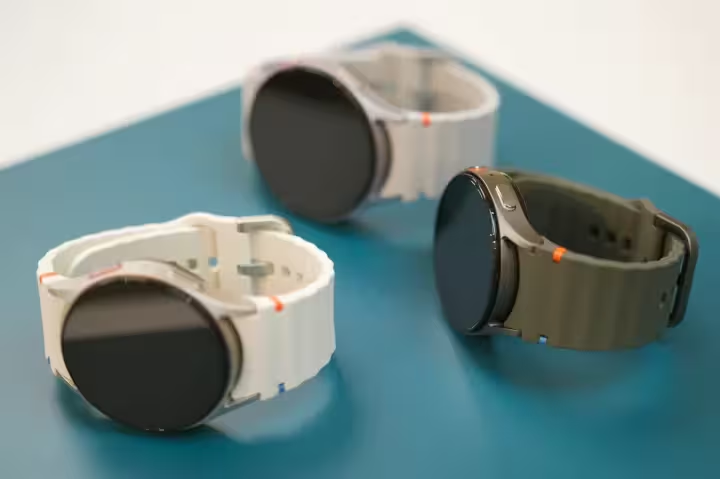
Comparative Advantages Over Traditional Monitoring
Unlike traditional annual checkups or subjective self-reporting, wearable devices provide continuous, objective data—filling critical gaps in daily health awareness. While medical-grade equipment remains essential for diagnosis and treatment, consumer-grade devices can act as preventative guides, identifying dangerous trends early and prompting individuals to seek professional advice before symptoms escalate.
Use Cases: From Preventive Health to Senior Care
Wearables aren’t just for athletes or fitness buffs. The technology is increasingly vital for older adults or those with chronic conditions who may struggle to access regular care. As Kennedy noted, for elderly Americans and those with mobility barriers, wearables facilitate remote monitoring—offering insights into vital stats without needing to visit clinics or emergency rooms. Remote health assessments reduce strain on the healthcare system and allow aging Americans to maintain greater independence at home.
The government’s campaign draws attention to the cost-effectiveness of wearables versus prescription medicines. For instance, Kennedy alluded to the high expense of Ozempic for weight loss, suggesting that a sub-$100 wearable could encourage better outcomes at a fraction of the price over time through sustained lifestyle changes.
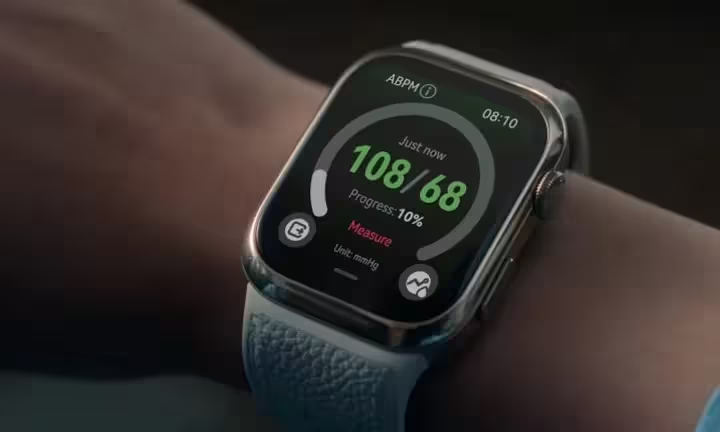
Expert Insights: The Limits and Possibilities of Wearables
While the tech industry gears up for a wearable revolution, experts warn of inherent limitations. Dr. Alexandra Kharazi, a cardiothoracic surgeon at Southern California Surgical, acknowledges wearables’ motivational potential but cautions against treating them as replacements for professional healthcare.
“These mass-market wearables offer great health insights for tracking patterns in activity, sleep, and heart rate,” Dr. Kharazi explains. “However, they should be used as health guides, not as certified medical devices.” She notes that while smartwatches can alert users to irregular heart rhythms, they’re not substitutes for clinical-grade diagnostic tools—especially for patients with advanced health needs. In addition, she highlights accuracy challenges related to skin tone and tattoos affecting sensor readings, a known limitation of current optical technologies.
The Importance of Health Literacy
Perhaps the greatest challenge is converting device data into meaningful health improvements. As Dr. Kharazi notes, the feedback provided by wearables can motivate users to adopt healthier habits, but interpreting the data—and knowing when to seek professional help—remains vital. “They offer a window into your body’s day-to-day responses—and that awareness can lead to positive change.”
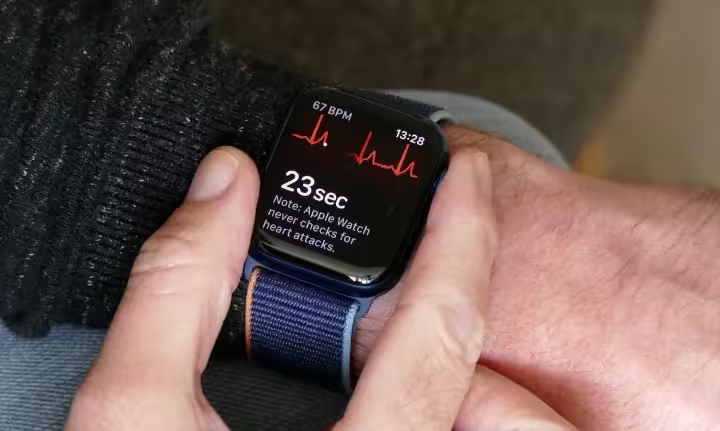
Supporting Data: The National Health Context
According to the American Heart Association’s 2025 Heart Disease and Stroke Statistics Update, cardiovascular disease remains the leading cause of death in the U.S., surpassing fatalities from cancer and road accidents combined. In this context, advocacy for wearables is rooted in the hope that widespread monitoring can reduce risk factors through earlier interventions and lifestyle adjustments.
How Wearables Enable Better Health Outcomes
Wearable devices can help users maintain a comprehensive digital log of physical activity, heart data, sleep cycles, blood glucose trends, and more—complementing traditional healthcare strategies. Dr. Eduardo Sanchez, the American Heart Association’s Chief Medical Officer for Prevention, says, “Wearables can help people become more aware of their heart health, sleep habits, and activity levels, all of which add up to a healthier lifestyle.”
But success hinges on active use and proper interpretation: “These tools are only as valuable as the actionable insights they provide. Patients and users become more empowered only if they can understand and apply the information generated by their wearables,” Dr. Sanchez points out.
Barriers: Data Interpretation and Personal Responsibility
In spite of the promise of real-time monitoring, health professionals agree: wearables alone aren’t a panacea. A leading gastroenterologist at Holy Family Hospital in New Delhi characterized smartwatches as “lifestyle interventions”—valuable for fostering awareness, but not delivering direct benefits until users embrace meaningful changes in diet and physical activity. Moreover, making sense of biomarker readings often requires education—something the general public may lack.
Dr. Ahmad Ghayas Ansari, of Sree Chitra Tirunal Institute for Medical Sciences and Technology, urges that users should share wearable health data with doctors, especially if managing or recovering from any condition. “When devices can distill complex data into clear warnings—like the Apple Watch’s notifications for abnormal spikes in biometrics—we see a real impact. But ultimately, meaningful lifestyle adjustments are the true solution; the technology is just a facilitator.”
Market Relevance and the Evolving Tech Landscape
The U.S. government’s push represents both a tech industry windfall and a seismic shift for the global wearable market. With the potential for bulk procurement and federal subsidies, established leaders like Apple, Samsung, and Fitbit—as well as startups focused on glucose monitoring and advanced biosensors—are positioning for rapid growth. The anticipated campaign could also spur innovation around accessibility, data privacy, and sensor accuracy—key differentiators for future devices.
Globally, demand for wearable technology is growing faster than ever, with Gartner forecasting double-digit market expansion in the coming years. Devices are becoming more sophisticated, integrating AI-based health insights and expanding into new categories such as children’s health trackers, medical-grade patches, and smart clothing.
The Road Ahead: What It Will Take to Succeed
Despite technology’s vast potential, achieving the vision of universal wearable adoption will require broad-based public education, improved sensor tech, seamless medical integration, and safeguards for personal data. As experts and policymakers agree, wearables should serve as a springboard to deeper engagement with personal health—not as a substitute for professional diagnosis or care.
Conclusion: Wearables as a Catalyst, Not a Cure-All
The federal push to make wearables accessible to all Americans could mark an inflection point in digital health innovation, with benefits for disease prevention, self-tracking, and public health awareness. Still, these devices are only as effective as the knowledge, motivation, and lifestyle changes they inspire. As Dr. Ansari concludes, “Wearables make it a little easier to get healthier, but they won’t solve the entire problem for individuals or for the nation.”
Source: digitaltrends


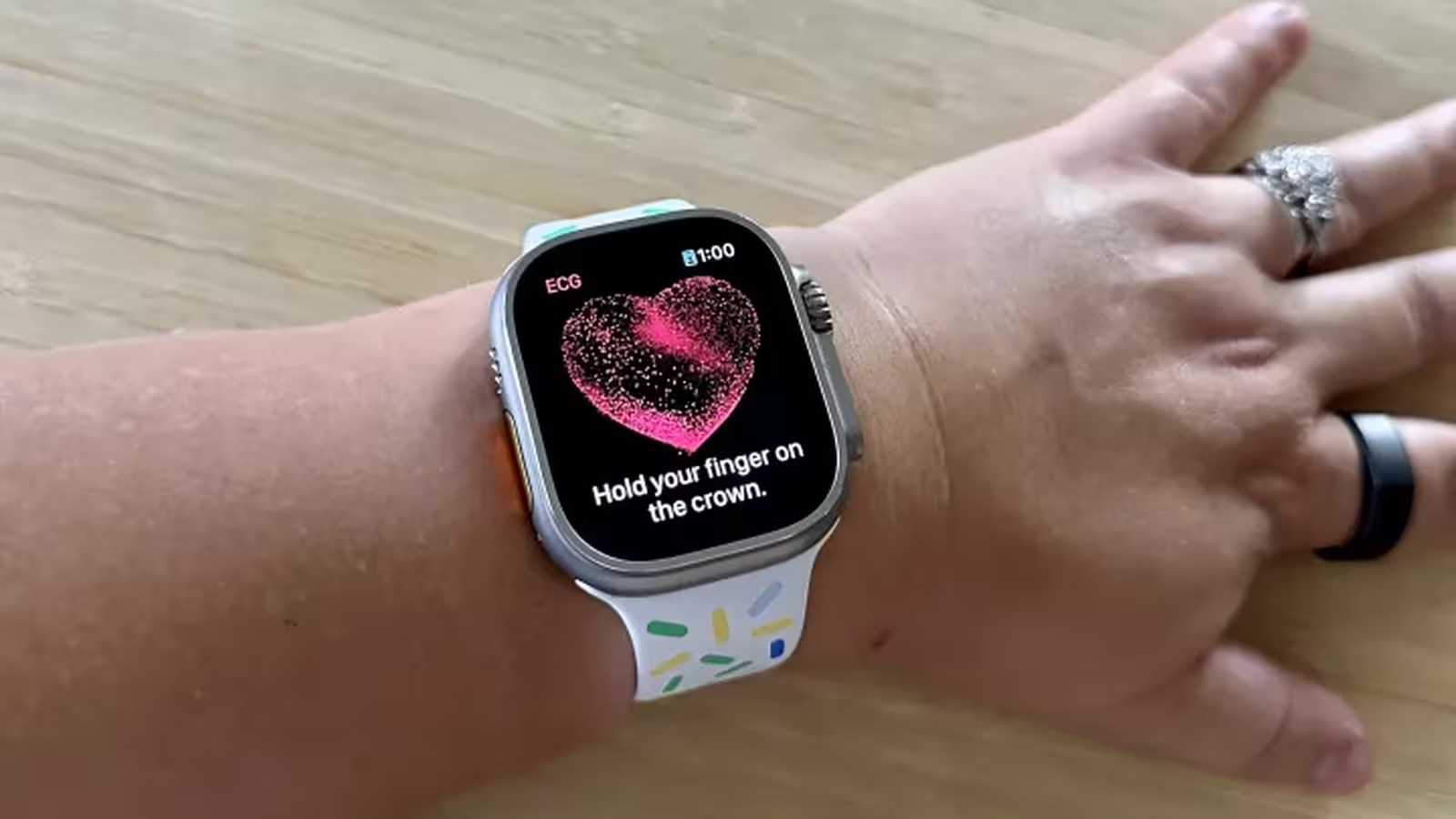
Comments